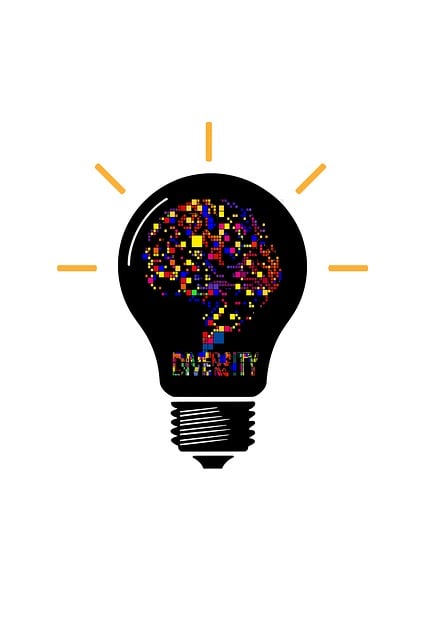In the age of online gambling, adopting responsible practices is crucial. Self-exclusion tools empower individuals to control their gaming by restricting access to sites and apps, promoting a healthy balance and preventing problem gambling. These tools offer personalized strategies like deposit and loss limits, time restrictions, app blocks, and browser extensions. By using these measures, users can manage screen time, combat internet addiction, and maintain a positive tech-life balance, with AI advancements promising even more tailored solutions in the future.
Self-exclusion tools are essential components in promoting responsible gambling, allowing individuals to take control of their gaming habits. This article explores the significance of these tools and delves into effective strategies for implementation. We discuss personalized approaches tailored to individual needs and examine the evolving role of self-exclusion tools in the digital age. By understanding these mechanisms, we can foster a healthier gaming environment, ensuring that access to these resources is readily available to those seeking responsible gambling practices.
- Understanding Self-Exclusion Tools: A Necessary Step Towards Responsible Gambling
- Implementing Effective Strategies for Self-Exclusion: Personalized Approaches
- The Impact and Future of Self-Exclusion Tools in the Digital Age
Understanding Self-Exclusion Tools: A Necessary Step Towards Responsible Gambling

Gambling has long been a popular pastime, but with increased accessibility and digital platforms, it’s crucial to discuss responsible gambling practices. Self-exclusion tools are an essential component in promoting this responsibility. These tools allow individuals to voluntarily restrict their access to gambling sites and apps, preventing them from engaging in online wagering activities. By implementing self-exclusion, users can take control of their habits and protect themselves from potential problem gambling.
This strategy is a proactive measure that acknowledges the importance of personal responsibility in the digital age. With just a few clicks, individuals can set limits on their gaming, ensuring they maintain a healthy balance. It’s a simple yet powerful way to navigate the online landscape, especially as we continue to integrate technology into our daily lives.
Implementing Effective Strategies for Self-Exclusion: Personalized Approaches

Implementing effective self-exclusion tools requires a personalized approach that caters to individual needs and behaviors. Each gambler is unique, with distinct triggers and patterns that lead to problematic gambling. Thus, one-size-fits-all strategies are unlikely to be successful. Tools such as deposit limits, loss limits, and time-based restrictions can empower individuals to take control of their spending and playing habits. These measures allow users to set boundaries tailored to their financial comfort levels and the amount of time they wish to engage with gambling platforms.
Personalized self-exclusion strategies also involve regular communication and support. Many online casinos offer dedicated customer service or gamcare hotlines where players can discuss their concerns openly. This open dialogue helps in identifying specific issues and triggers, enabling the implementation of targeted solutions. Additionally, leveraging digital tools like app blocks or browser extensions further fortifies these measures by physically preventing access to gambling sites during designated periods, reinforcing self-discipline and accountability.
The Impact and Future of Self-Exclusion Tools in the Digital Age

In the digital age, where our lives are increasingly intertwined with technology, self-exclusion tools have emerged as powerful strategies to promote digital well-being and prevent excessive screen time. These tools empower individuals to set boundaries and take control of their online activities, addressing the growing concern of internet addiction and its associated mental health risks. By allowing users to restrict access to specific apps or websites, self-exclusion tools offer a proactive approach to maintaining a healthy balance between digital engagement and real-life interactions.
Looking ahead, the future of self-exclusion tools seems promising, with advancements in artificial intelligence and machine learning potentially enhancing their effectiveness. Personalized recommendations and adaptive limit setting could become commonplace, catering to individual needs and habits. As our reliance on technology continues to evolve, these tools will play a pivotal role in ensuring that digital connectivity improves rather than hinders our overall well-being, making them essential components of a holistic approach to digital health.
Self-exclusion tools are a powerful resource in promoting responsible gambling, offering individuals the control to set boundaries and protect their well-being. By implementing personalized strategies, as highlighted in this article, we can ensure that these tools are accessible and effective. As the digital age evolves, so must our approach to self-exclusion, leveraging technology to reach a broader audience and provide seamless support for those seeking to manage their gambling habits. With continued research and development, Self-Exclusion Tools will remain a vital component in fostering a healthier and more balanced relationship with gaming.






